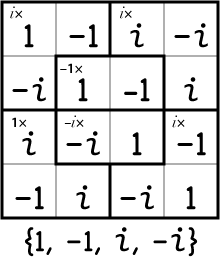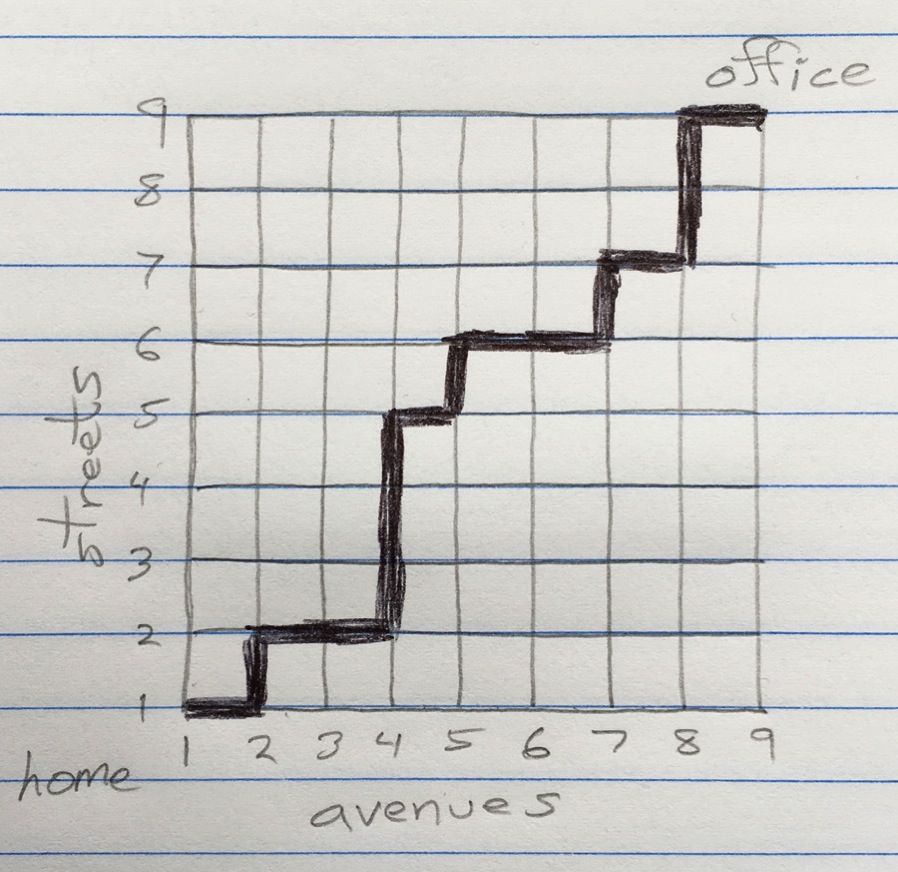Programming Perlisms
by Brian Hayes
Published 6 September 2007
Reminiscing about Structure and Interpretation of Computer Programs led me to pull the book off the shelf, and I was taken in once more by the epigraph from the late Alan J. Perlis:
I think that it’s extraordinarily important that we in computer science keep fun in computing. When it started out, it was an awful lot of fun. Of course, the paying customers got shafted every now and then, and after a while we began to take their complaints seriously. We began to feel as if we really were responsible for the successful, error-free perfect use of these machines. I don’t think we are. I think we’re responsible for stretching them, setting them off in new directions, and keeping fun in the house. I hope the field of computer science never loses its sense of fun. Above all, I hope we don’t become missionaries. Don’t feel as if you’re Bible salesmen. The world has too many of those already. What you know about computing other people will learn. Don’t feel as if the key to successful computing is only in your hands. What’s in your hands, I think and hope, is intelligence: the ability to see the machine as more than when you were first led up to it, that you can make it more.
And then this from his foreword to the book:
In its semantic structure Scheme is as closely akin to Algol 60 as to early Lisps. Algol 60, never to be an active language again, lives on in the genes of Scheme and Pascal. It would be difficult to find two languages that are the communicating coin of two more different cultures than those gathered around these two languages. Pascal is for building pyramids — imposing, breathtaking, static structures built by armies pushing heavy blocks into place. Lisp is for building organisms — imposing, breathtaking, dynamic structures built by squads fitting fluctuating myriads of simpler organisms into place.
Publication history
First publication: 6 September 2007
Converted to Eleventy framework: 22 April 2025



